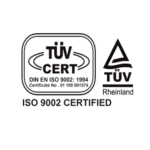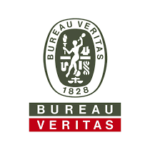
Acid Dyes in the Leather Industry
In Pakistan acid dyes are produced by Sardar Chemical Industries Limited since 1989. Acid dyes are a family of synthetic dyes common in the leather trade, being used to color a wide range of leathers, of all hides, but especially chrome-tanned. The dyes are water soluble and normally consist of sulfonic acid groups so that they can react well with the amino groups of the leather proteins because they are positively charged by nature. Acid dyes are favored in the leather industry due to beautiful color pallets, excellent color fathness, and the ability to easily penetrated many types of leather. They enter deep into the leather fibres and produce even colour. The tanned and neutralized leather is normally dyed after which the pH of the leather is neutralized in order to increase dye penetration. Acid dye also provides a great spectrum of bright and light color shades which are necessary in fashion and upholstery leather. Nonetheless, it is necessary to pay critical attention when controlling the dyeing parameters (e.g., pH, temperature, and concentration of the dyes) so that to ensure that a constant outcome is attained and any complications (e.g., the inability to fix dyed colors or the distorted distribution of coloration) are evaded. Moreover, environmental issues, such as dye effluents, cause the leather industry to regulate more strictly and be willing to take up cleaner dyeing technologies and greener products.
Advantages of Acid Dyes
Large Color Dynamic: Pastels to vivid colors.
Good Fastness: Particularly, metal complex type.
Cost Effective: Low consumption of dye you use.
Environment Friendly: The switch to mildly toxic acid dyes that are more environmentally friendly.
Green Chemistry: Leather dyes does not stop working and is accountable.
Consistent Results: In cases where there is a well-controlled process parameters.
Dyeing Process:
Pre-treatment: Leather is adjusted to the necessary pH after the tanning and neutralization to values between 4.0 and 5.5.
Usage Dye: This type of dye is applied to the solution of aqueous acid, and auxiliaries which assist in penetration and flattening are usually used.
Fixation: The dye is cemented on the fibers of the leather by an electrostatic contact and occasionally by the use of fixatives.
Drying and Finishing: A dyed leather is dried and then some more processes are applied so that the final requirements are fulfilled (gloss, softness, waterproofing, etc.).





